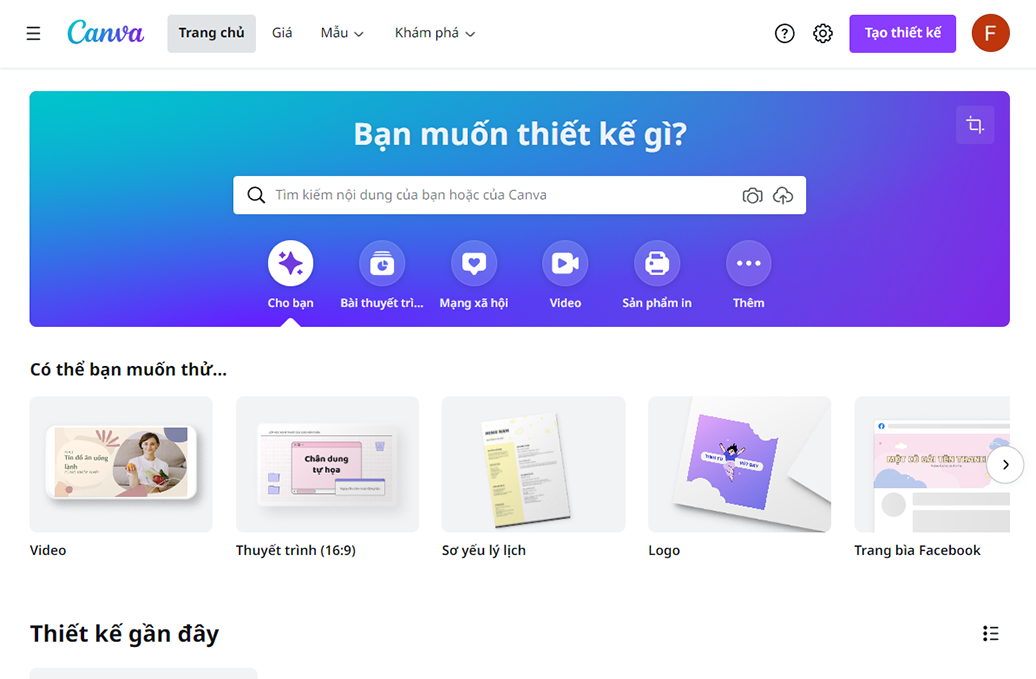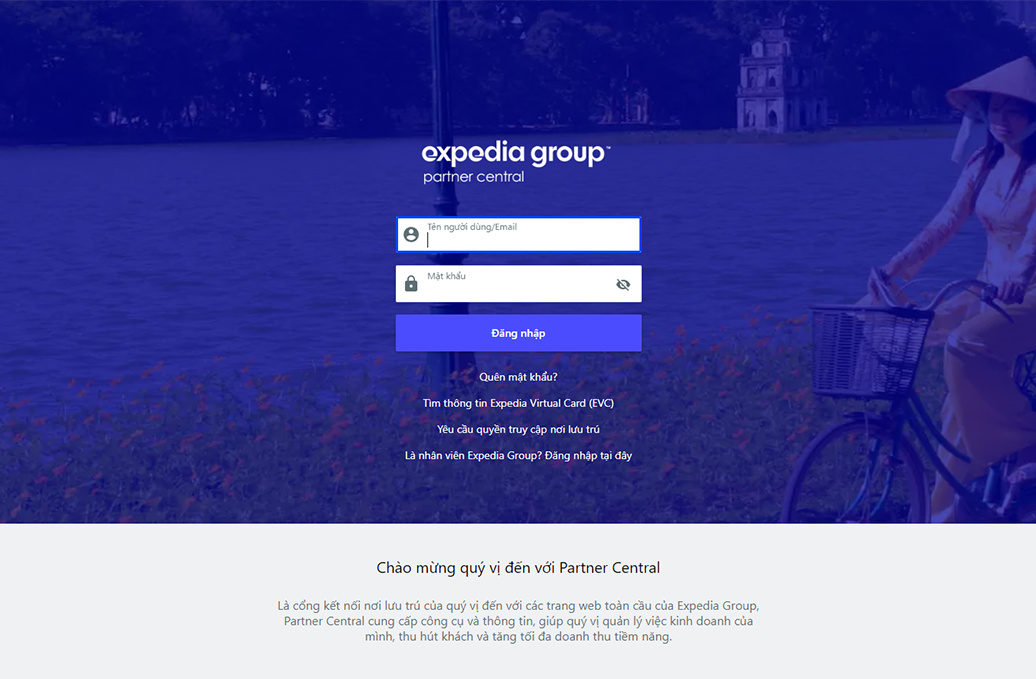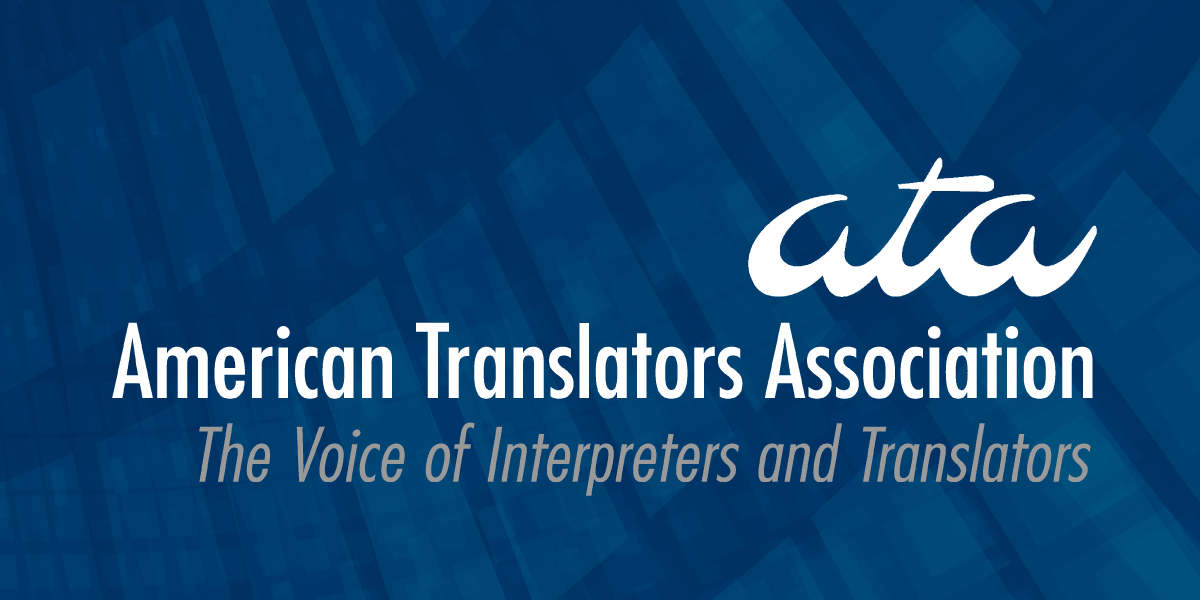



We localize everything
Our localization & related services
Mobile App
Software Localization
eLearning Localization
Language quality assessment
Language testing
Localization management
Need help?
Localization Frequently asked questions
What is video localization?
Essentially, this is the process of taking your video content produced in a specific language for a specific audience and transforming it to be understandable by other relevant or new markets. Localization is often confused or used interchangeably with translation, but in practice, translation is only a part of a good localization strategy.
Translation takes your content from one language and makes it available in another. However, to truly localize it you may need to rewrite part of the script (if there’s speech) or change some of the visual references to make it understandable for a new audience.
Does cost of localization depend on something other than the nature of the project itself?
What do localization and globalization mean?
Localization is the process of converting a product (software, web site, online help, documentation) from source to target language, making it linguistically, culturally and politically appropriate to the target market.
Globalization or, also known as g11n, is the process of adapting software or website for the global market and it comprises business, technical and linguistic expertise.
What is the difference between translation and localization?
Translation is interpretation of text written in source language using the vocabulary, rules and spirit of the target language, and it represents only a portion of the localization process.
Localization of complex products, such as software, includes many other activities. For example, localization may encompass extraction of translatable text from the program source code, returning of translated text back into the program source code, adjustment of user interface elements due to space requirements, editing of images which contain text or culture-dependent elements, product testing etc.
In documentation localization, translatable text is extracted from formats used in web or printed publishing, and the translation is returned to such format. Fonts and layout are also adjusted, and images which contain text or culture-dependent elements are edited.
Localization can be equated with translation only when localizing material in a technically particularly simple form, such as a simple text document without any formatting.
What standards should a language service provider have?
- ISO 9001:2015 – a general quality standard for any business of any size
- ISO 17100:2015 – designed for translation providers
- ISO 13485:2016 – designed for those in the medical device industry
- ISO 18587:2017 – translations produced using artificial intelligence (AI) tools, including machine translation (MT) and neural machine translation (NMT)
- ISO 14971:2019 – risk management for medical device companies
- ISO/IEC 27001 — Information security management




